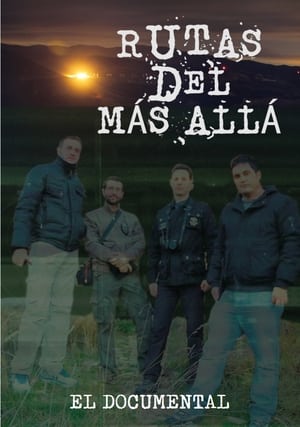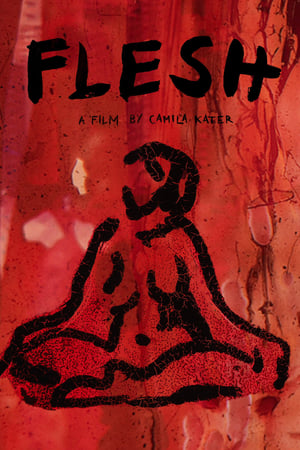
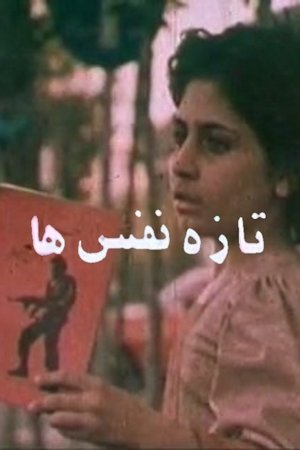
The Newcomers(1979)
Kianoush Ayari’s film captures rare scenes of everyday life on the streets of Tehran in the months following the revolution of 1979.
Movie: The Newcomers

تازه نفسها
HomePage
Overview
Kianoush Ayari’s film captures rare scenes of everyday life on the streets of Tehran in the months following the revolution of 1979.
Release Date
1979-01-08
Average
6
Rating:
3.0 startsTagline
Genres
Languages:
فارسیKeywords
Recommendations Movies
 7.0
7.0Cine Gibi 7: Bagunça Animal(pt)
Trying to escape his bath, Monicão ends up hiding in the movie theater. Mônica can't find her pet in the dark, so she asks Franjinha to play some short films that might lure the dog out of hiding.
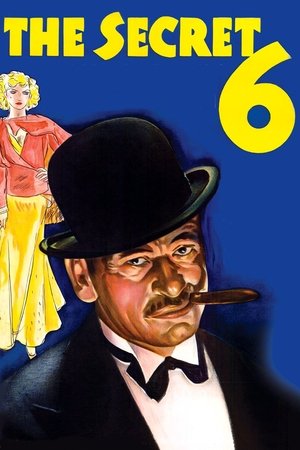 5.8
5.8The Secret Six(en)
Bootlegger/cafe owner, Johnny Franks recruits crude working man Scorpio to join his gang, masterminded by crooked criminal defense lawyer Newton. Scorpio eventually takes over Frank's operation, beats a rival gang, becomes wealthy, and dominates the city for several years until a secret group of six masked businessmen have him prosecuted and sent to the electric chair.
RED(as)
SUMMARY:- A girl wakes up early in the morning to witness an immense Pain in her groin area & discovers blood on the bedsheet which makes her very uncomfortable to face her father. The next series of events lead her to understand whether she can speak about it or not, moreover, an important incident is highlighted between the use of face mask and sanitary pads as both are used for protection purposes. In this, her father get involved consciously and maintains stability and at the same time respecting her daughter's emotion in order to make her understand about the scenario, makes it even more effective love & affection for the father-daughter duo in facing each other and also towards the society.
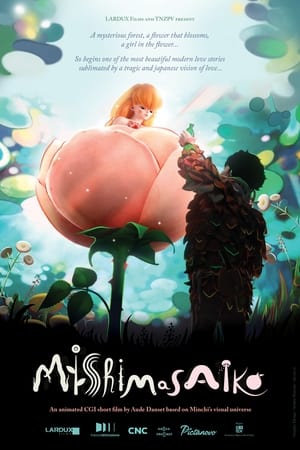 7.5
7.5Mishimasaiko(fr)
Mishima lives in the shadows surrounded by worms in his underground lair. Early one morning, he discovers a rose in the sun in which the beautiful Saiko awakens. Mishima will do everything he can to satisfy her needs. But worms are not supposed to live in the sun...
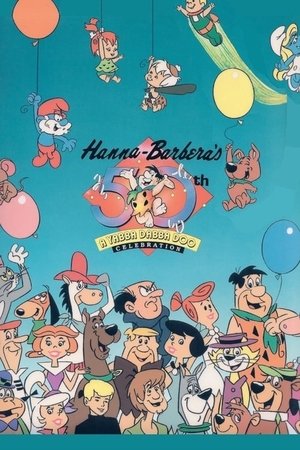 9.2
9.2Hanna-Barbera's 50th(en)
The special is hosted by Tony Danza and Annie Potts celebrating 50 years of William Hanna and Joseph Barbera's partnership in animation. This is the first animated project to be broadcast in Dolby Surround sound system.
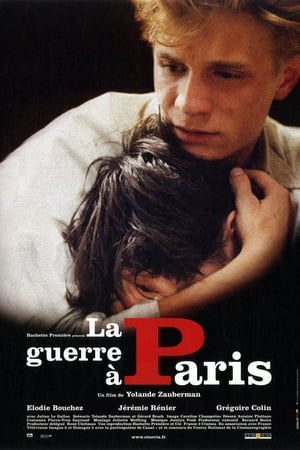 3.8
3.8The War in Paris(fr)
In Paris, in 1943, Jules, a 19-year-old Jew, lived without an ideal, tossed about by circumstances. He becomes in turn a traitor then a hero. Thomas, his fifteen-year-old brother, wants to act and fight in resistance.
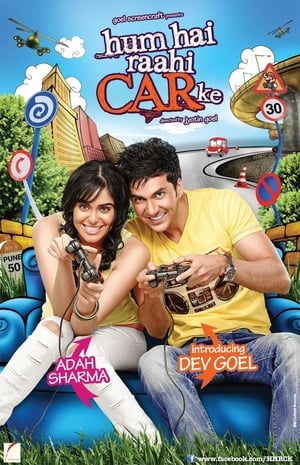 7.5
7.5Hum Hai Raahi CAR Ke(hi)
Hum Hai Raahi CAR Ke is the story of two friends who on one New Year's night decide to travel from Mumbai to Pune. But a trip that should only take a couple of hours ends up becoming an all-nighters, with wacky events keeping them on the road and preventing them from reaching their destination.
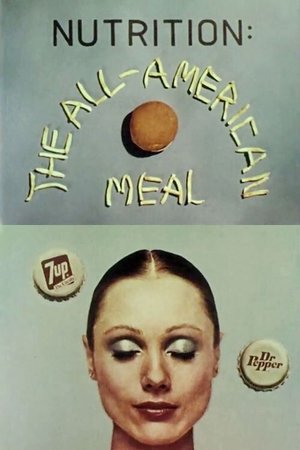 4.3
4.3Nutrition: The All-American Meal(en)
The increasing reliance of 1970's America on fast food meals is examined, and ways to improve on this diet are suggested.
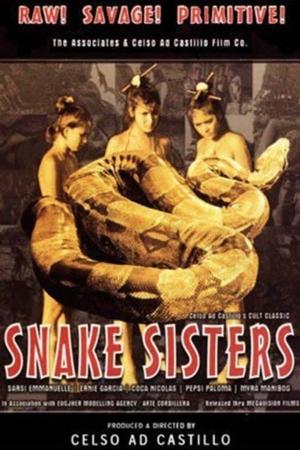 7.0
7.0Snake Sisters(tl)
Three human females born of snake eggs on a secluded island are integrated into a nearby village but are soon showing their true colors.
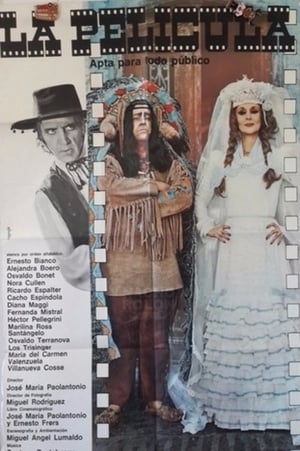 8.0
8.0La película(es)
A photographer shoots a documentary film in a small town in Argentina (Uribelarrea) about the filming that a foreign producer is doing on the spot.
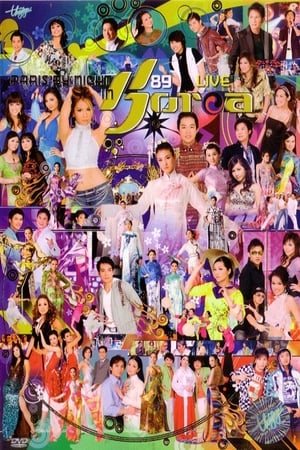 7.2
7.2Paris by Night 89: In Korea(en)
Paris By Night 89: In Korea is a Paris By Night program that was filmed at the Olympic Fencing Gymnasium at the Olympic Park in Seoul, South Korea on Sunday, July 1, 2007. It is Thuy Nga's first venture into Asia to tape a Paris By Night program. Thuy Nga chose to tape at South Korea, rather than any other country in Asia simply because of the popularity of Korean actors and singers to the Vietnamese community. The program is directed by a Korean director, Seounghyun Oh. It is Thuy Nga's fourth "Live" show.
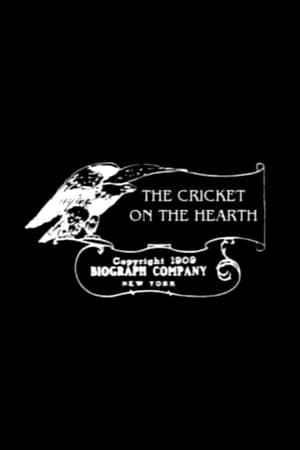 3.6
3.6The Cricket on the Hearth(en)
After three years at sea, Edward returns home to find his sweetheart forced into an engagement with a much older man.
Similar Movies
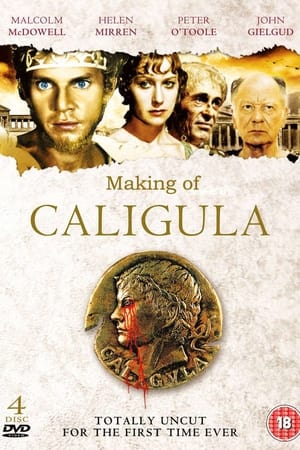 2.0
2.0A Documentary on the Making of 'Gore Vidal's Caligula'(en)
A Documentary on the Making of 'Gore Vidal's Caligula'
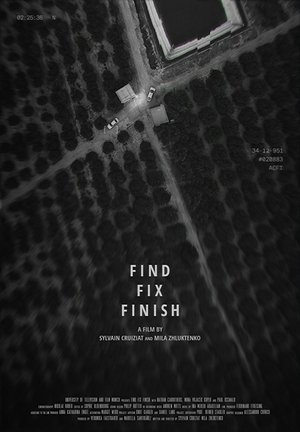 0.0
0.0Find Fix Finish(de)
Find Fix Finish delves into the stories of three US-Drone pilots revealing the clandestine operational strategies practiced by the US Government.
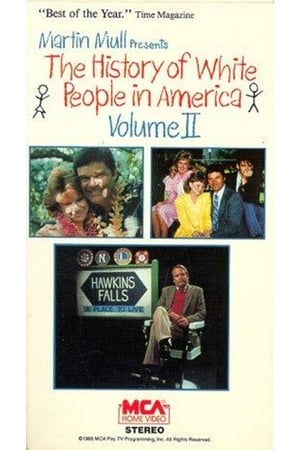 9.0
9.0The History of White People in America: Volume II(en)
In this daring follow-up to The History of White People in America, comedian Martin Mull takes us on an in-depth look at such topics as White Religion, White Stress, White Politics, and White Crime.
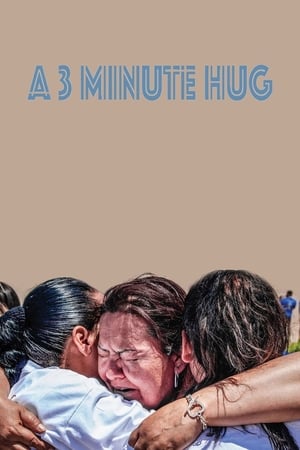 6.5
6.5A 3 Minute Hug(es)
As daylight breaks between the border cities of El Paso, Texas, and Juarez, Mexico, undocumented migrants and their relatives, divided by a wall, prepare to participate in an activist event. For three minutes, they’ll embrace in no man’s land for the briefest and sweetest of reunions.
 7.0
7.0Land Without Bread(es)
An exploration —manipulated and staged— of life in Las Hurdes, in the province of Cáceres, in Extremadura, Spain, as it was in 1932. Insalubrity, misery and lack of opportunities provoke the emigration of young people and the solitude of those who remain in the desolation of one of the poorest and least developed Spanish regions at that time.
 7.5
7.5Brasilia, Contradictions of a New City(pt)
In 1967, de Andrade was invited by the Italian company Olivetti to produce a documentary on the new Brazilian capital city of Brasília. Constructed during the latter half of the 1950s and founded in 1960, the city was part of an effort to populate Brazil’s vast interior region and was to be the embodiment of democratic urban planning, free from the class divisions and inequalities that characterize so many metropolises. Unsurprisingly, Brasília, Contradições de uma Cidade Nova (Brasília, Contradictions of a New City, 1968) revealed Brasília to be utopic only for the wealthy, replicating the same social problems present in every Brazilian city. (Senses of Cinema)
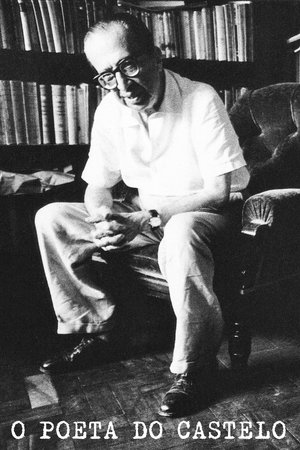 6.9
6.9The Poet of the Castle(pt)
A 10-minute portrait of modernist poet and de Andrade’s godfather, Manuel Bandeira, is clear in its affection for it subject, though like many New-Waveish films of the time, depicts the modern urban landscape as an ominous and alienating force.
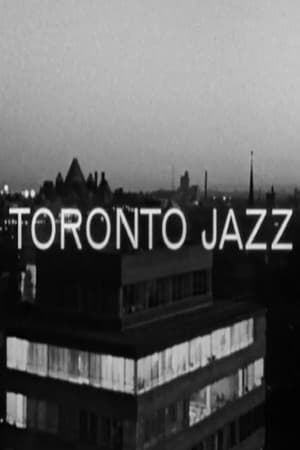 6.0
6.0Toronto Jazz(en)
Toronto is regarded as the third largest jazz centre in North America. This film features a cross-section of jazz bands of that city: the Lenny Breau Trio, the Don Thompson Quintet and the Alf Jones Quartet. Their styles show creative self-expression, hard work, and improvisation.
 8.2
8.2Night and Fog(fr)
Filmmaker Alain Resnais documents the atrocities behind the walls of Hitler's concentration camps.
 7.1
7.1The Arrival of a Train at La Ciotat(fr)
A group of people are standing along the platform of a railway station in La Ciotat, waiting for a train. One is seen coming, at some distance, and eventually stops at the platform. Doors of the railway-cars open and attendants help passengers off and on. Popular legend has it that, when this film was shown, the first-night audience fled the café in terror, fearing being run over by the "approaching" train. This legend has since been identified as promotional embellishment, though there is evidence to suggest that people were astounded at the capabilities of the Lumières' cinématographe.
 6.7
6.7Workers Leaving the Lumière Factory(fr)
Working men and women leave through the main gate of the Lumière factory in Lyon, France. Filmed on 22 March 1895, it is often referred to as the first real motion picture ever made, although Louis Le Prince's 1888 Roundhay Garden Scene pre-dated it by seven years. Three separate versions of this film exist, which differ from one another in numerous ways. The first version features a carriage drawn by one horse, while in the second version the carriage is drawn by two horses, and there is no carriage at all in the third version. The clothing style is also different between the three versions, demonstrating the different seasons in which each was filmed. This film was made in the 35 mm format with an aspect ratio of 1.33:1, and at a speed of 16 frames per second. At that rate, the 17 meters of film length provided a duration of 46 seconds, holding a total of 800 frames.
Fanalysis(en)
Actor/cult icon Bruce Campbell examines the world of fan conventions and what makes a fan into a fanatic.
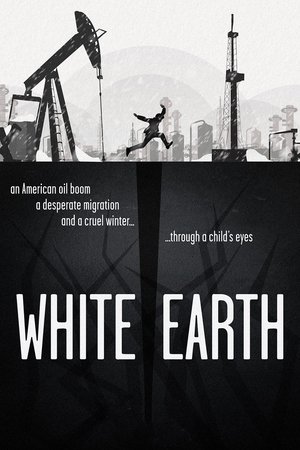 6.4
6.4White Earth(en)
An oil boom has drawn thousands to America’s Northern Plains in search of work. Against the backdrop of a cruel North Dakota winter, the stories of three children and an immigrant mother intertwine among themes of innocence, home, and the American Dream.
Apache(en)
Short about the daily life of the Apaches, including their ceremonies.
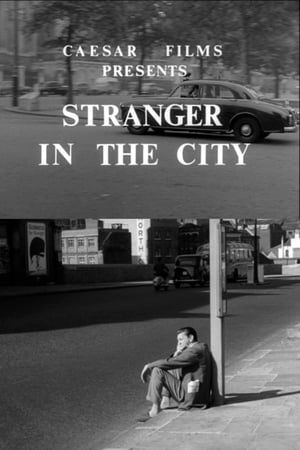 0.0
0.0Stranger in the City(en)
Aspects of a London day, including prostitutes on street corners, a striptease show and the 2i's Coffee Bar.
Darts in the Dark: An Introduction to W.O. Mitchell(en)
Canadian author, humorist and storyteller W.O. Mitchell talks about his career as a writer and performer. Known for his witty radio and television appearances, Mitchell shows a more serious side as he reveals his personal views on writing and on the meaning of life and death.
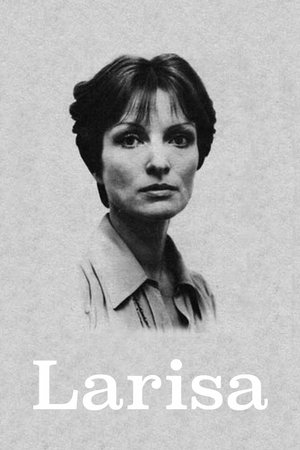 5.9
5.9Larisa(ru)
Elem Klimov's documentary ode to his wife, director Larisa Shepitko, who was killed in an auto wreck.
 3.2
3.2Großes Kino made in DDR(de)
In 2016, DEFA celebrates its 70th anniversary: the film embarks on a journey into the exciting film history of the GDR. In a comprehensive kaleidoscope, the importance of DEFA productions is illuminated, the relevance of the films as propaganda productions for the GDR, which socio-political themes were in the foreground, but also which heroes DEFA brought to the screen and celebrated as people from the people.
